CULTURAL COMPETENCY IS A JOURNEY
Amani Family Services provides cultural competency training and support.
Our Cultural Competency Framework
(Based on Multicultural Counseling/Therapy principles derived from work of D & D Sue)
A culturally competent clinician/ healer is one who:
· Is actively in a process of becoming aware of his or her own assumptions about human behavior, values, biases, preconceived notions, personal limitation, etc.
· Actively attempts to understand the worldview of his or her culturally different client
· Is actively in a process of developing and practicing appropriate, relevant, and sensitive intervention strategies and skills in working with his or her culturally different client.
Services are rendered in partnership with professional and certified interpreters.
Dimensions of Cultural Competence:
1. Awareness
The culturally competent clinician is one who has moved from being culturally unaware to being aware and sensitive to his or her cultural heritage and to valuing and respecting differences. Amani direct service staff is encouraged to work intentionally to achieve a level of self-awareness through personal self-exploration and individual supervision so as to not impose his or her cultural values and standards on a minority client and therefore engage in an act of cultural oppression.
The culturally competent clinician is aware of his or her own values and biases and of how they may affect minority clients. As a check of this process, Amani staff will actively challenge their assumptions via consultations, supervision, and continued education.
The culturally competent clinician is comfortable with differences that exist between themselves and their clients in terms of race, gender, sexual orientation, and other sociodemographic variables.
The culturally competent clinician is aware of own limitations and adheres to applicable professional standards and ethics.
The culturally competent clinician acknowledges and is aware of his or her own racist, sexist, heterosexist, or other detrimental attitudes, beliefs, and feelings.
2. Understanding of the Worldview of Culturally Diverse Clients
The culturally competent clinician must possess knowledge and information about the particular group with he or she is working; the culturally competent helper is one who continues to explore and learn about issues related to various minority groups throughout his or her professional career.
The culturally competent mental health professional will have a good understanding of the sociopolitical system’s operation in the US with respect to its treatment of marginalized groups in our society.
The culturally competent helper must have clear and explicit knowledge and understanding of the genetic characteristics of counseling and therapy; these encompass language factors, culture-bound values, and class-bound values.
The culturally competent helper is aware of institutional barriers that prevent some diverse clients from accessing mental health services.
3. Skills
The culturally competent helper must be able to generate a variety of clinical intervention methods with an emphasis on indigenous healing methods.
The culturally competent helper must be able to send and receive both verbal and nonverbal messages accurately and appropriately.
The culturally competent helper must be able to exercise institutional intervention skills on behalf of his or her client when appropriate.
The culturally competent helper is aware of his or her helping style, recognizes the limitations that he or she possesses, and can anticipate impact on the culturally different client.
The culturally competent clinician is able to play helping roles characterized by an active systemic focus, which leads to environmental interventions
Systemic intervention:
If part of cultural competence involves systemic intervention, then roles such as consultant, change agent, teacher, and advocate supplement the traditional role of mental health provider. To that end, clinical practitioners should consider the following alternatives to the traditional role:
Having a more active helping style
Rendering services in the client’s home and the community
Shifting focus to changing the environmental conditions and not the client
Viewing the client as encountering problems rather than being problem
Being oriented toward prevention rather than remediation
Assuming more responsibility for determining the course and the outcome of the helping process.

